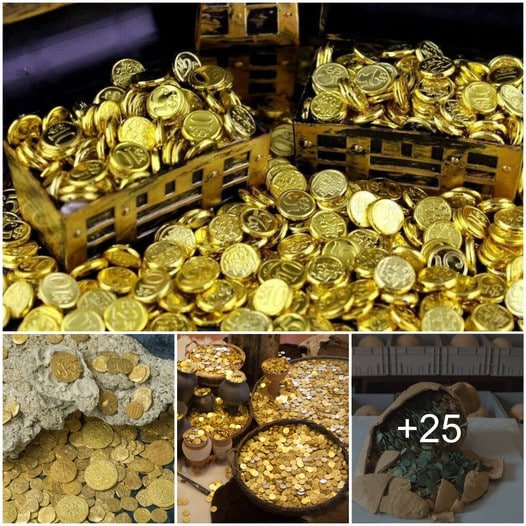
During the discussions on the materials published on the website, it became apparent that a significant number of users were intrigued by the Bronze Age weaponry and armor of the legendary Trojan War. This topic is truly fascinating, with stories that are familiar to many, even from elementary school textbooks. The mention of “Copper spears,” “Helm-helmet Hector,” and “the famous shield of Achilles” all stem from there. What makes this historical event unique is that people first learned about it from a poem, a piece of artwork. By delving into this topic and showing interest, users were able to gain knowledge about a culture previously unknown to them.

A ceramic vessel from Corinth dating back to around 590-570 BC showcases black-figured characters from the Trojan War. This piece can be found at the Metropolitan Museum of Art in New York.

To truly understand the story, we have to go back to the beginning. The ancient tale of Troy, the city besieged by the Greeks, was not verified by concrete evidence until the late nineteenth century. It was then that Heinrich Schliemann, with the backing of newfound wealth, embarked on a quest to find the fabled city in Asia Minor.
After Troy disappeared from historical records after 355 AD, Schliemann believed that the description of Herodotus matched the Ghisarlyk hill and started excavating there. For over two decades, he tirelessly dug, disregarding the proper procedures of an archaeologist and simply searching for his own version of Troy.
In his relentless pursuit, Schliemann removed artifacts without proper documentation, discarding items he deemed unworthy, and digging incessantly until he finally uncovered what he believed to be the legendary city of Troy.

Many scholars at that period were skeptical about the identification of the site as Troy, however, with the support of British Prime Minister William Gladstone, Heinrich Schliemann assembled a team with professional archaeologist Wilhelm Dörpfeld. This led to the unveiling of the mysteries of the ancient city.

One of the most surprising discoveries made was the revelation of multiple cultural layers at the site. It was found that each time a new troy was built, it was constructed on the remnants of the previous one. The oldest structure, troy I, stood in contrast to the “youngest” troy IX from the Roman era. Today, there are even more layers, totaling 46, making it a challenge to accurately study the history of Troy!

Schliema thought that the Troy he needed was Troy II, but it turns out the actual Troy is number VII. The city was destroyed by fire, and the remains found in this layer suggest a violent death. This event is believed to have occurred around 1250 BC.

